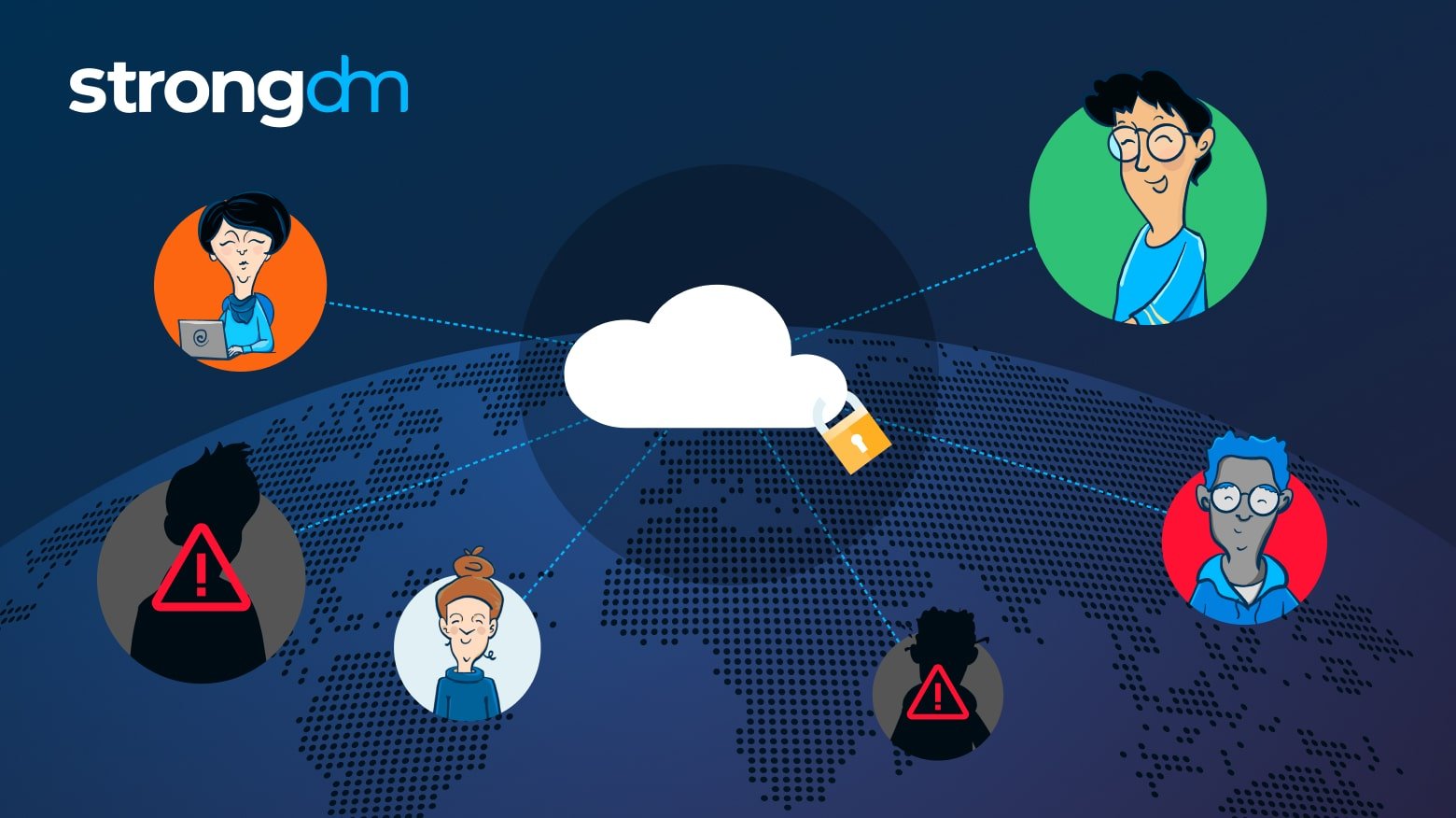Zero trust is a security and authentication model that eliminates the assumption of trust and shifts the focus from a traditional security parameter, like a VPN or firewall, to the individual user. Nearly all (92 percent) cybersecurity professionals agree that it’s the best network security approach that exists. In this article, we’ll evaluate the top nine zero trust solutions and help you decide which is right for your organization.
Posts by Category:
- Security
- Access
- DevOps
- Privileged Access Management
- Auditing
- Zero Trust
- Compliance
- Policy
- Databases
- SOC 2
- Authentication
- Identity and Access Management
- Team
- Compare
- Engineering
- Integrations
- Product
- Kubernetes
- AWS
- Productivity
- Podcasts
- SSH
- Observability
- HIPAA
- ISO 27001
- Role-Based Access Control
- Dynamic Access Management
- Secure Access Service Edge
- Webinars
- Events
- NIST
- Onboarding
- Passwordless
- Offsites
- Platform
- PCI
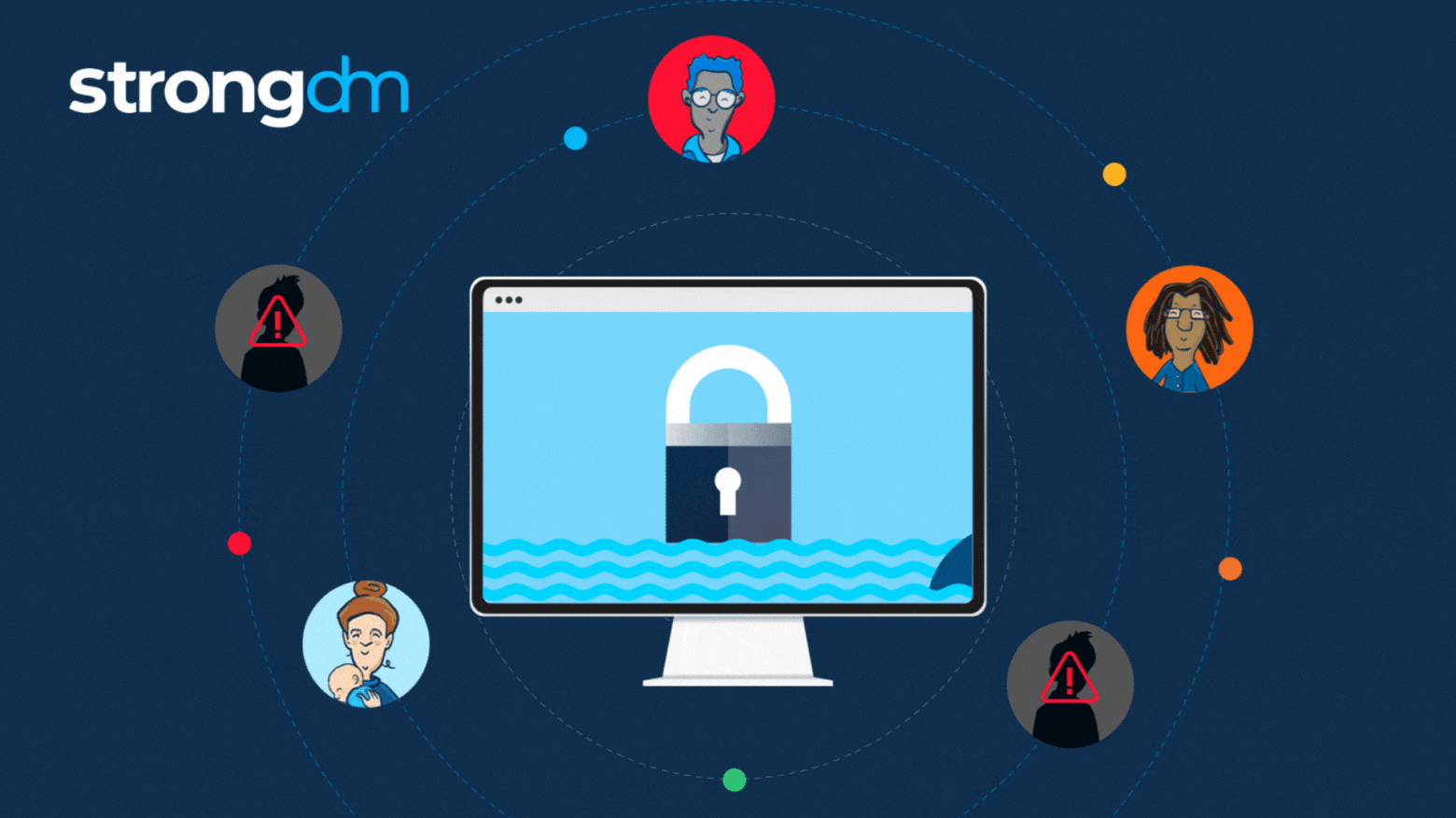
StrongDM is working with the National Institute of Standards and Technology’s (NIST’s) National Cybersecurity Center of Excellence (NCCoE) on Cybersecurity for the Water and Wastewater Sector: A Practical Reference Design for Mitigating Cyber Risk in Water and Wastewater Systems. This effort provides a means to identify common scenarios among Water and Wastewaters Systems (WWS) sector participants, to develop reference cybersecurity architectures, and propose the utilization of existing
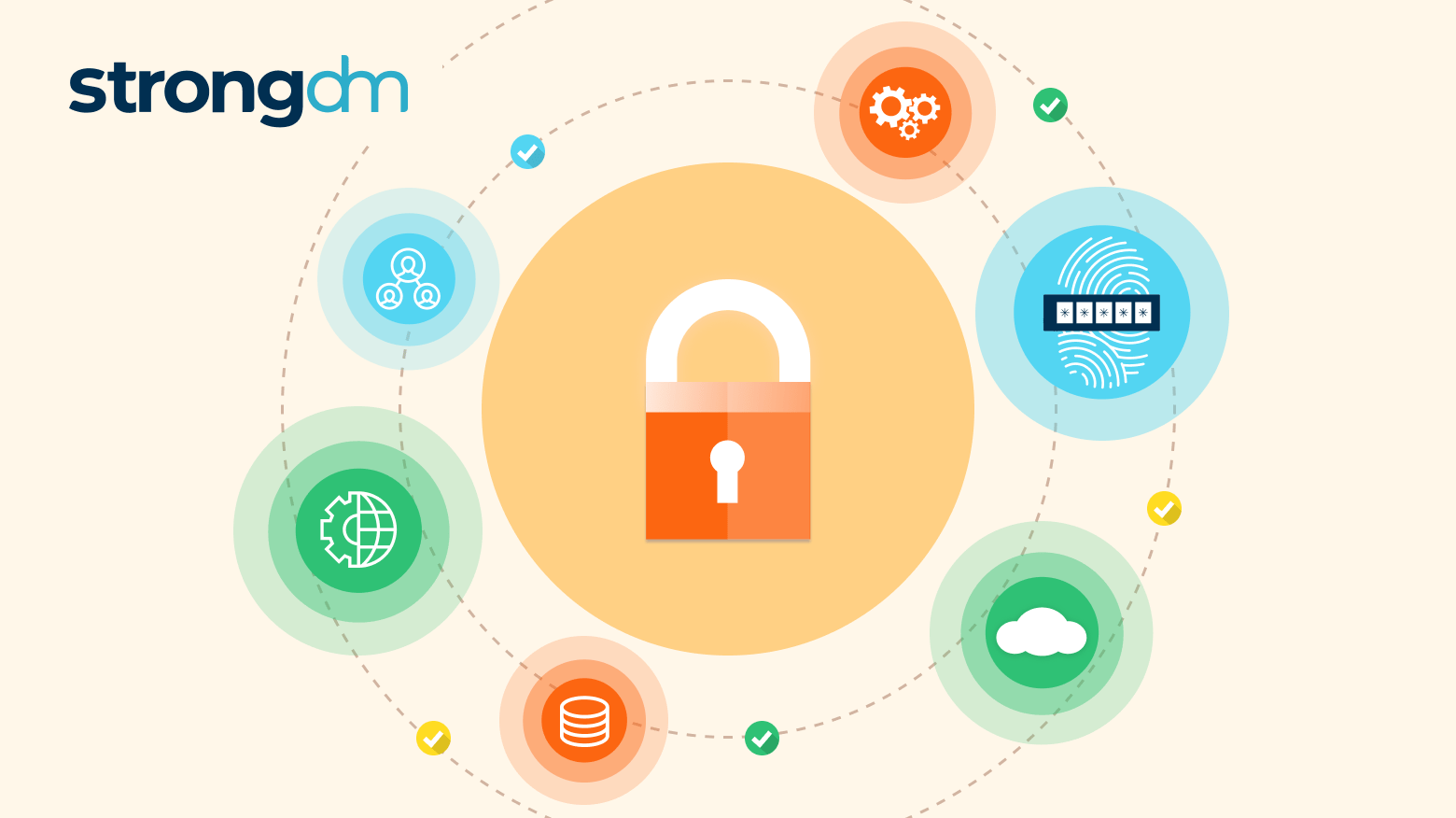
Last week, Red Hat issued a warning regarding a potential presence of a malicious backdoor in the widely utilized data compression software library XZ, which may affect instances of Fedora Linux 40 and the Fedora Rawhide developer distribution. CISA, or Cybersecurity & Infrastructure Security Agency, confirmed and issued an alert for the same CVE.

Healthcare data security protects sensitive patient information and related data from unauthorized access, use, or disclosure. The effective implementation of healthcare data security requires implementing cybersecurity measures to ensure healthcare data confidentiality, integrity, and availability. It must also include compliance with relevant regulations such as the Health Insurance Portability and Accountability Act (HIPAA).
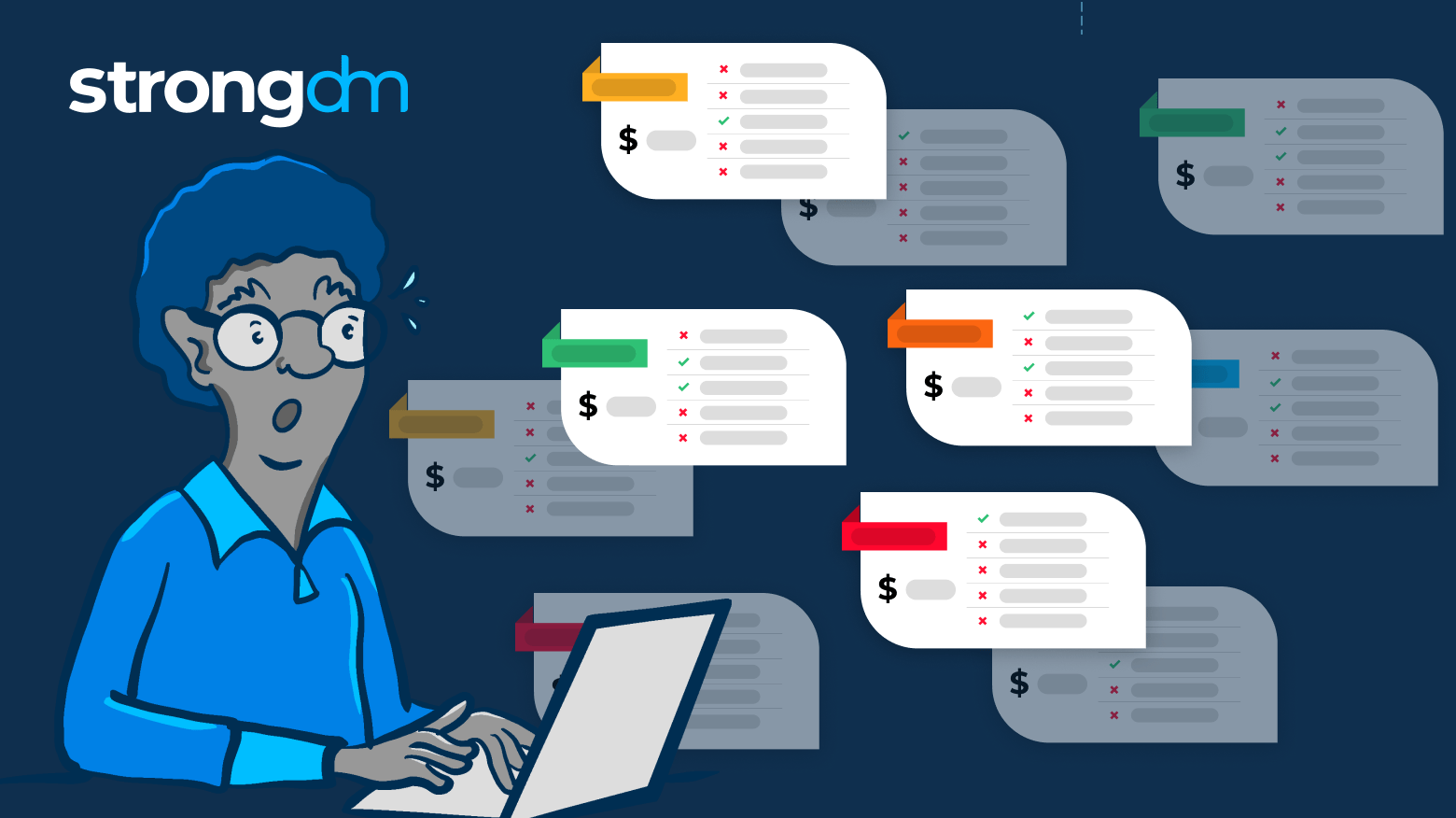
Financial services companies handle a vast amount of sensitive data, including the personal and financial information of their customers. This makes them a prime target for hackers and cybercriminals who want to steal that data. Hackers are constantly finding new ways to break through the walls of enterprise environments. If successful, they can cause serious problems like identity theft or fake transactions, impacting individuals and companies financially.

In every aspect of Linux system administration, properly removing directories is not just a routine task, but an important aspect of maintaining system integrity and protecting data. This guide explains the importance of removing directories, and the requirements for safe removal, and provides step-by-step instructions on how to efficiently remove directories using the rmdir and rm commands.
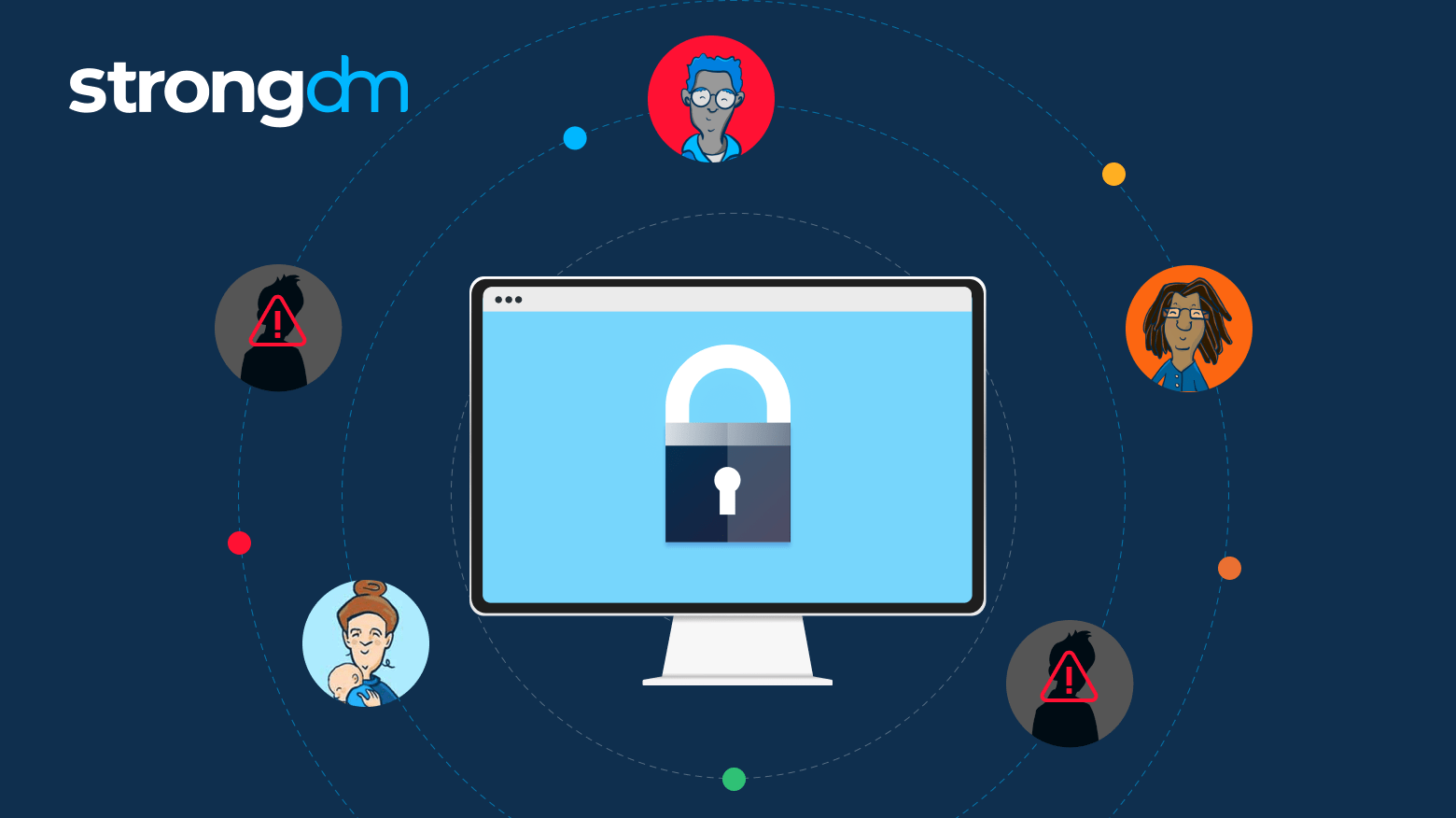
Pentest solutions enable automated or manual penetration tests. The top focuses for penetration tests are servers, web applications, and databases. The solution is available for IoT, mobile applications, networks, and cloud infrastructures as well.

In this article, you will learn how to effectively add users to Linux groups, an essential task for both system administrators and users. Whether you're an experienced administrator or a Linux novice, this guide will provide you with the knowledge and skills you need to effectively manage user access and privileges in your Linux environment.
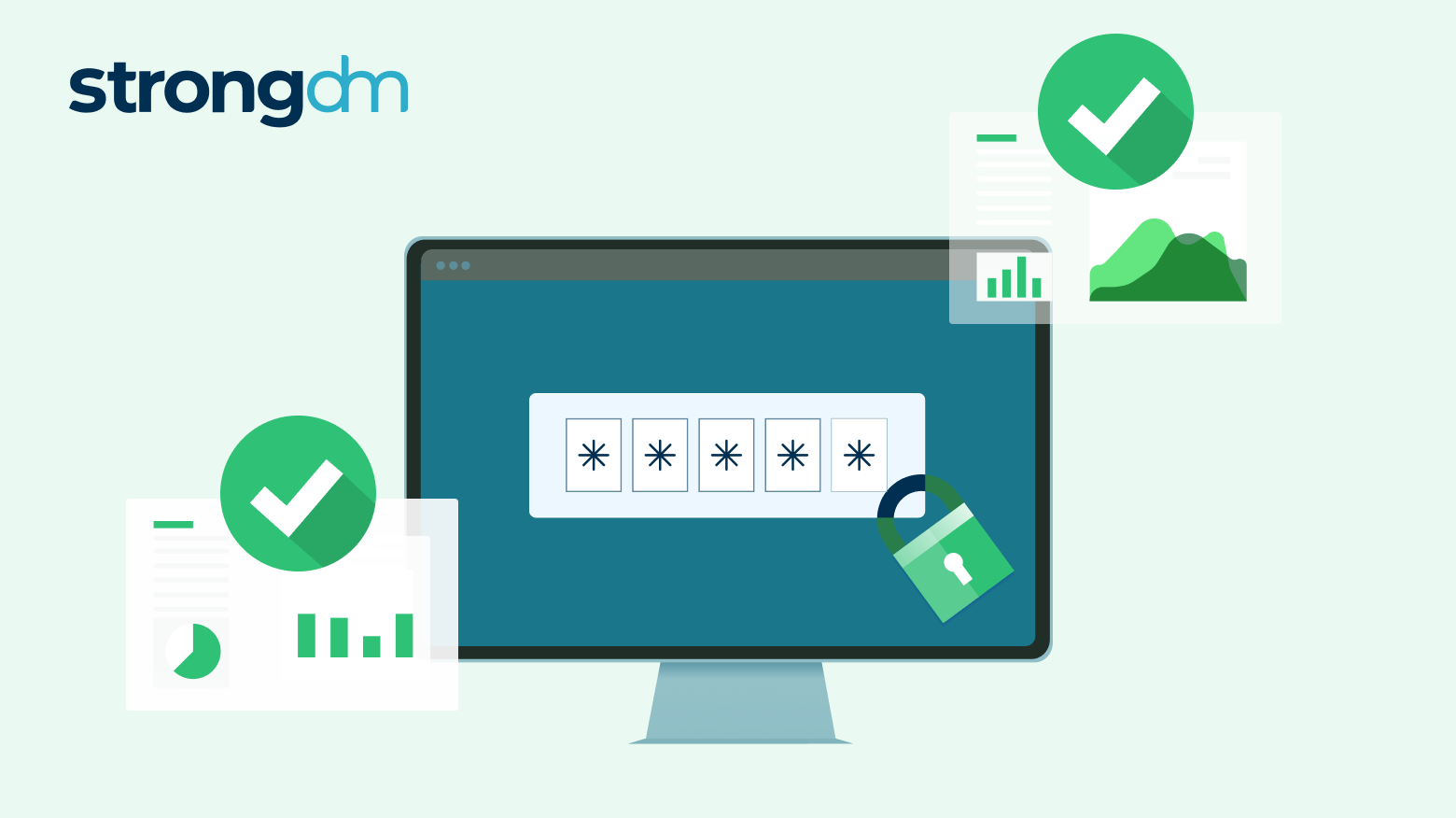
Weak passwords are the third most common attack vector for malicious actors — and often the most difficult for enterprises to control since individual employees typically choose their own passwords. Effectively managing passwords is critical in safeguarding your organization’s assets, maintaining regulatory compliance, and minimizing security risks. In this article, we’ll share 13 password management best practices that will help you keep your systems and data safe from password-related attacks.

We are pleased to announce that Amazon has accepted StrongDM's native Go implementation of Cedar into the Cedar Policy Organization's official GitHub repository. This allows Go developers to use Cedar, a security and authorization framework built to be fast, secure, and analyzable natively in their Go programs.
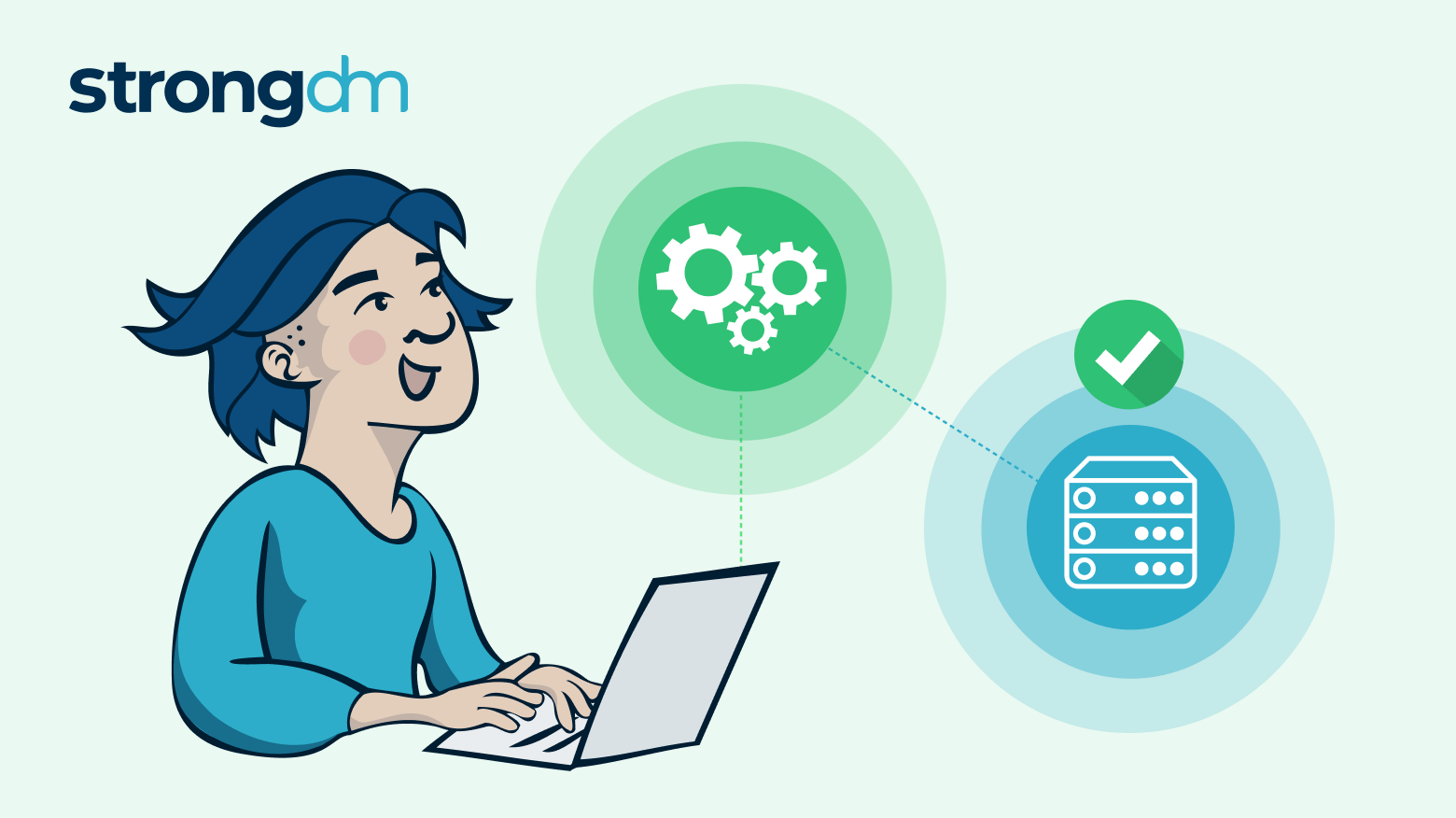
Implementing robust API security best practices prevents unauthorized access, protects your organization's reputation, and ensures the trust and confidence of your users. Let’s look at 13 best practices that will keep your APIs on lockdown.
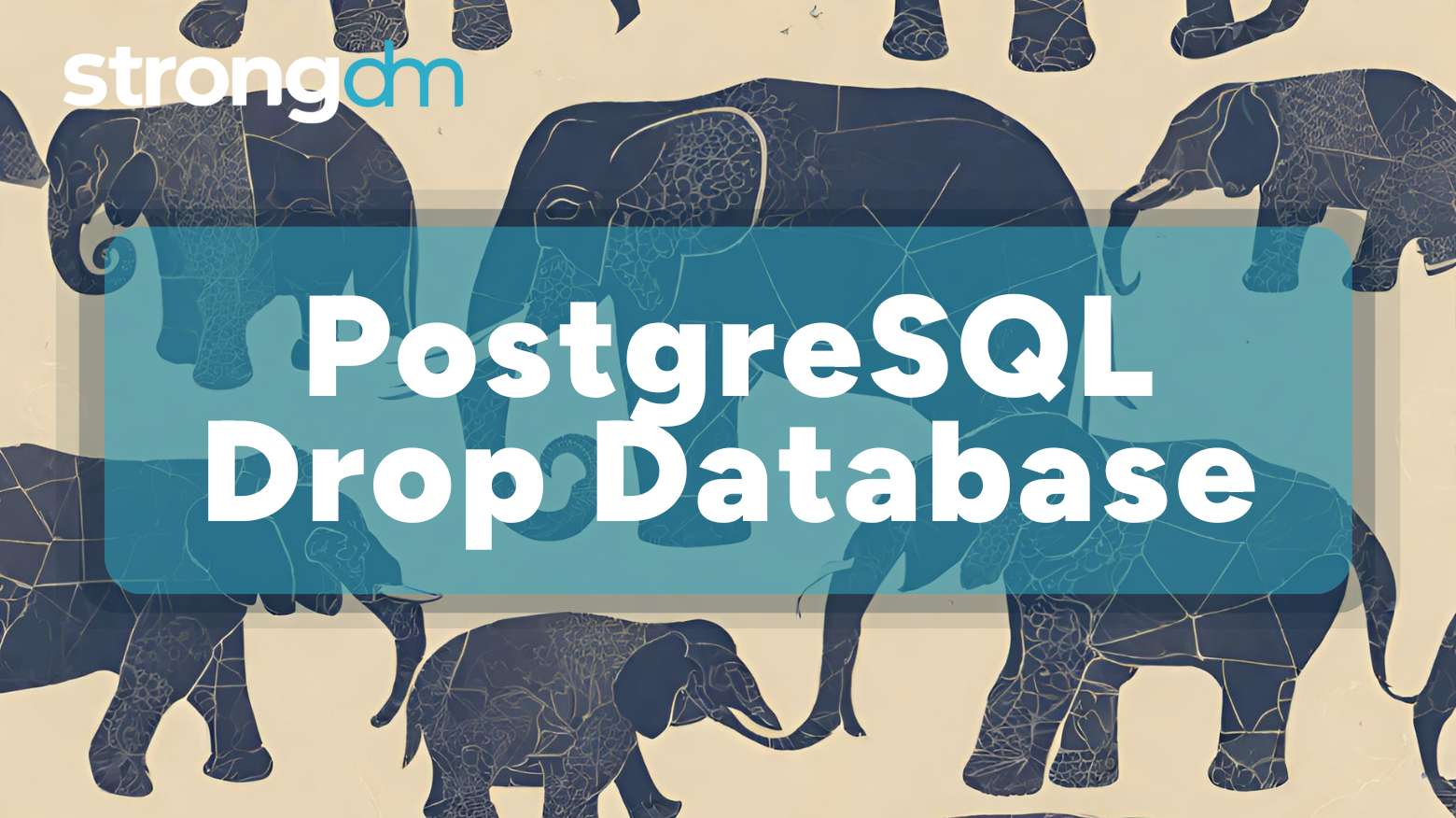
The DROP DATABASE command in PostgreSQL is a powerful command that is used to delete a database along with all its associated objects, such as tables, views, indexes, and other database-specific elements. It is often a good practice to clean up your workspace by removing unused databases. However, keep in mind that deleting an existing PostgreSQL database deletes all objects and data within that database. This command should be used with caution as it irreversibly removes the specified database
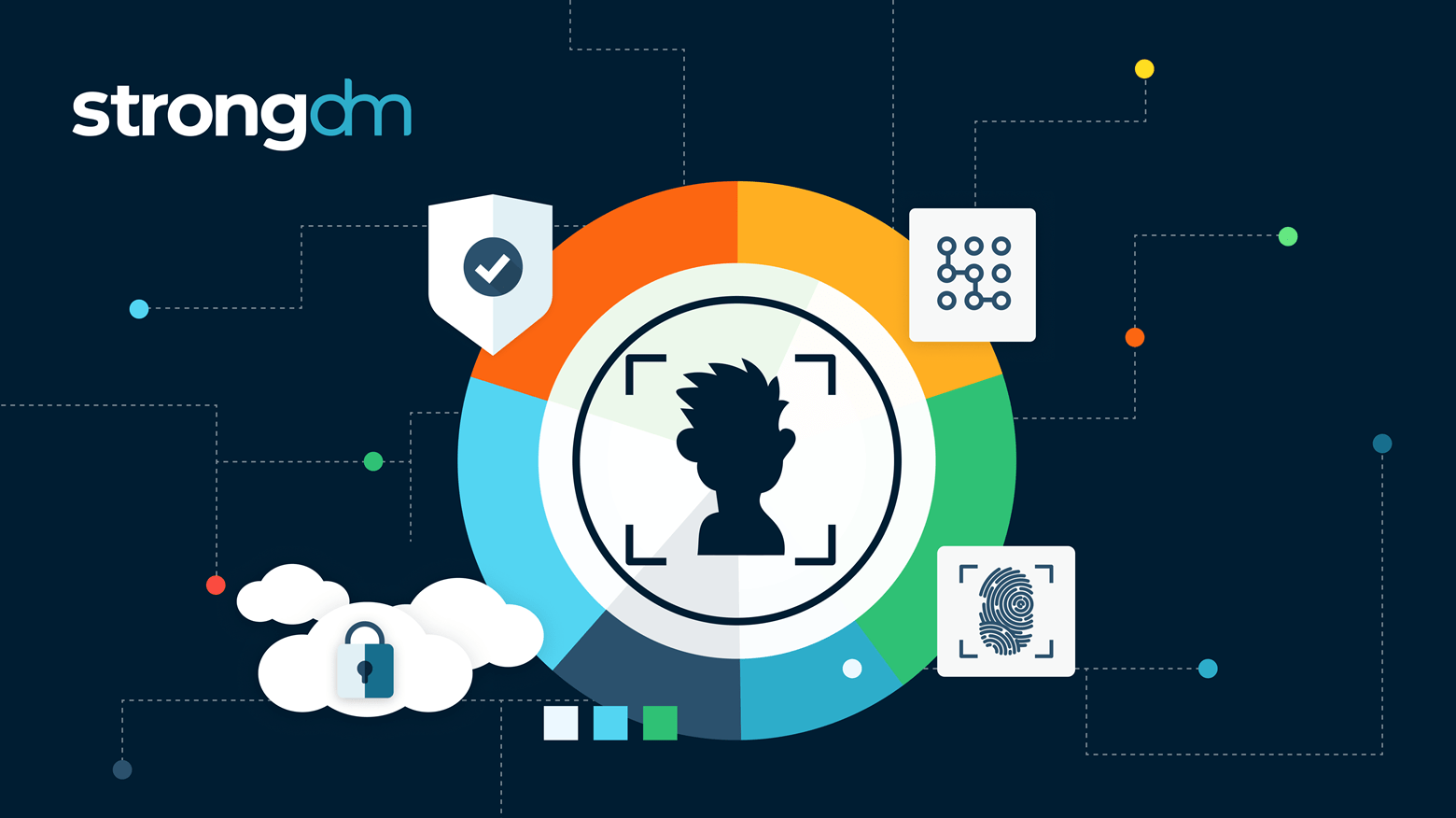
Context-based access controls refer to a dynamic and adaptive approach to managing security policies in modern infrastructure. Addressing challenges in enforcing consistent security across diverse platforms, these policies consider factors such as device posture and geo-location to adjust access controls dynamically. By narrowing access based on contextual parameters, they reduce the attack surface, enhance security, and streamline policy administration, ensuring compliance in evolving
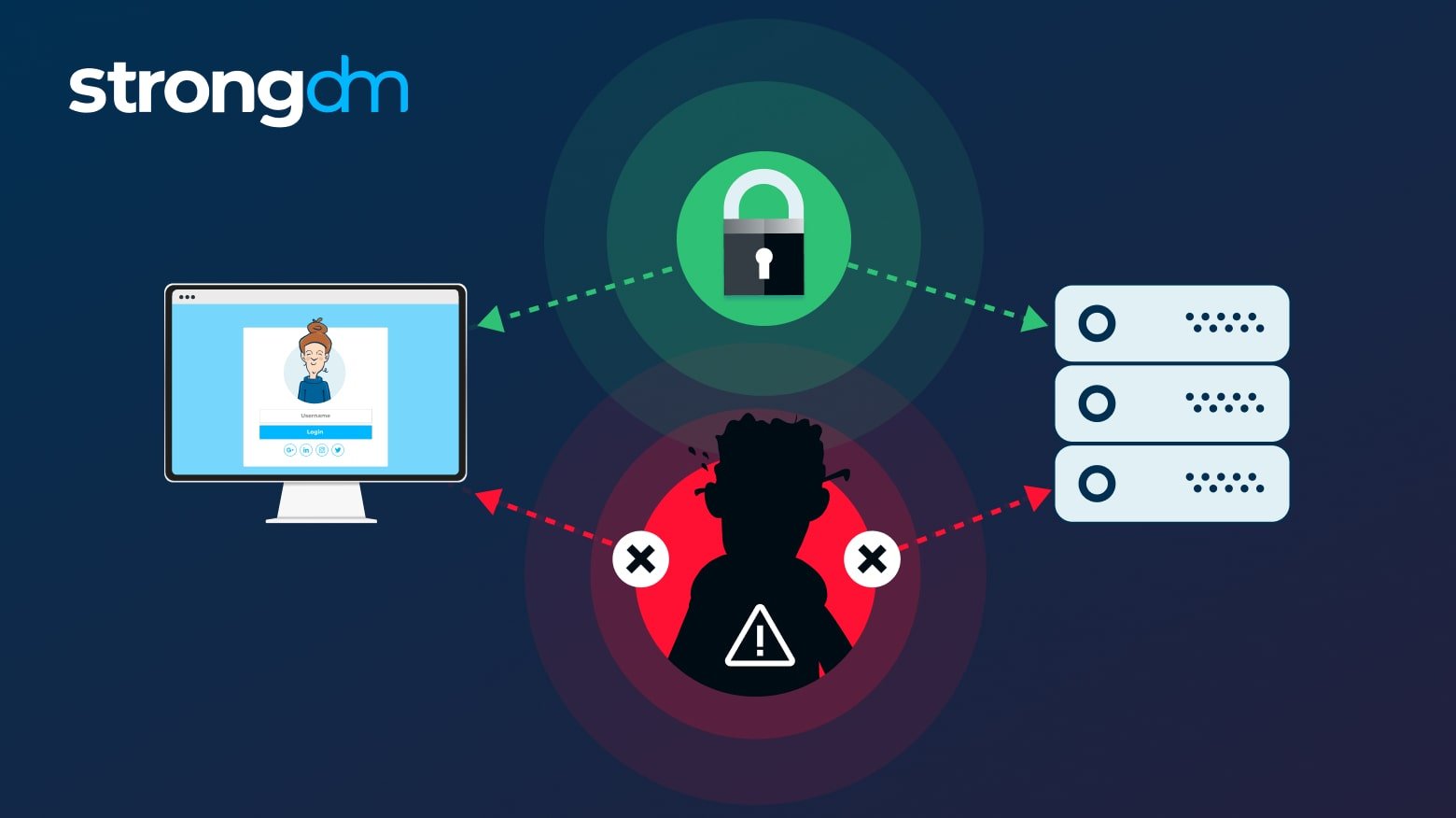
It’s difficult to detect MITM attacks, and attackers can target anyone online. Hackers can capture user credentials from customers by attacking sites or apps that require login authentication. They may also target businesses with sites or apps that store customer or financial information.Want to know how to prevent man-in-the-middle attacks? Follow these 10 proven strategies.
